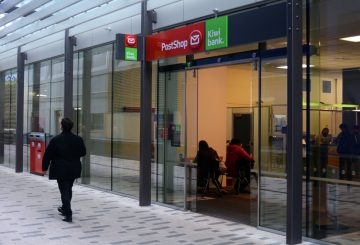许多人为了支付账单而找第二份工作。从警官到IT工作者,许多人感受到了寻找额外收入的压力。
阿维纳什·考尔·达利瓦尔在奥克兰的一家IT公司全职工作,但为了帮助支付额外费用而成为了婚礼主持人。她说,这笔钱可以用来支付杂货、汽油和公共交通等日常开支。随着奥克兰的半价票价到期,她的家人不得不大幅削减开支。她解释说:“我们以前经常装满购物车,现在还不到一半。”
另一位工作人员,一位不愿透露姓名的教师,还有第二份工作是视频编辑。在教学、视频工作和周末参加活动之间,他经常每周工作多达 60 个小时。他说:“我感到精疲力尽。”
新西兰统计局的最新数据显示,与2022年相比,新西兰家庭的生活成本比去年增长了5.4%,今年的失业人数增加了33,000人。
一家111呼叫接线员说,她把摄影当作兼职工作,以获得额外的收入和更多的财务保障。她解释说,通过削减预算,制定备用计划可以让她感觉更有控制力。尽管她的全职工作压力很大,但她的摄影让她得以逃避创意。
她指出,她的许多同事也有副业。7月,给坎特伯雷警方的一封信建议警官在等待薪酬谈判时管理第二份工作。它指出,警察支持其工作人员寻找补充收入,并提到散步、建筑和个人训练是可以接受的兼职工作。
在过去的两年中,警方共收到1,374份二级工作的申请。警方表示,工作人员必须为第二份工作寻求批准,以避免利益冲突并确保安全和公众信任。





























































